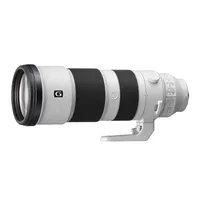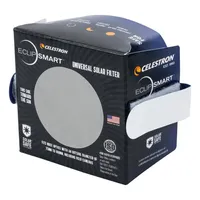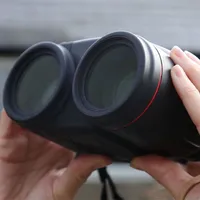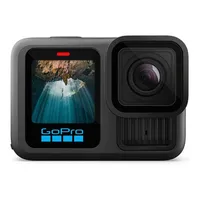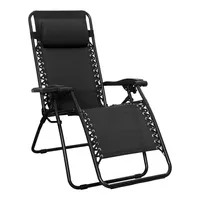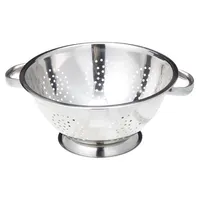What you need to buy to get ready for the 2026 total solar eclipse
From camera lens and binoculars to comfortable seating and solar eclipse glasses, these are my top recommendations to get you ready for the total solar eclipse next year.
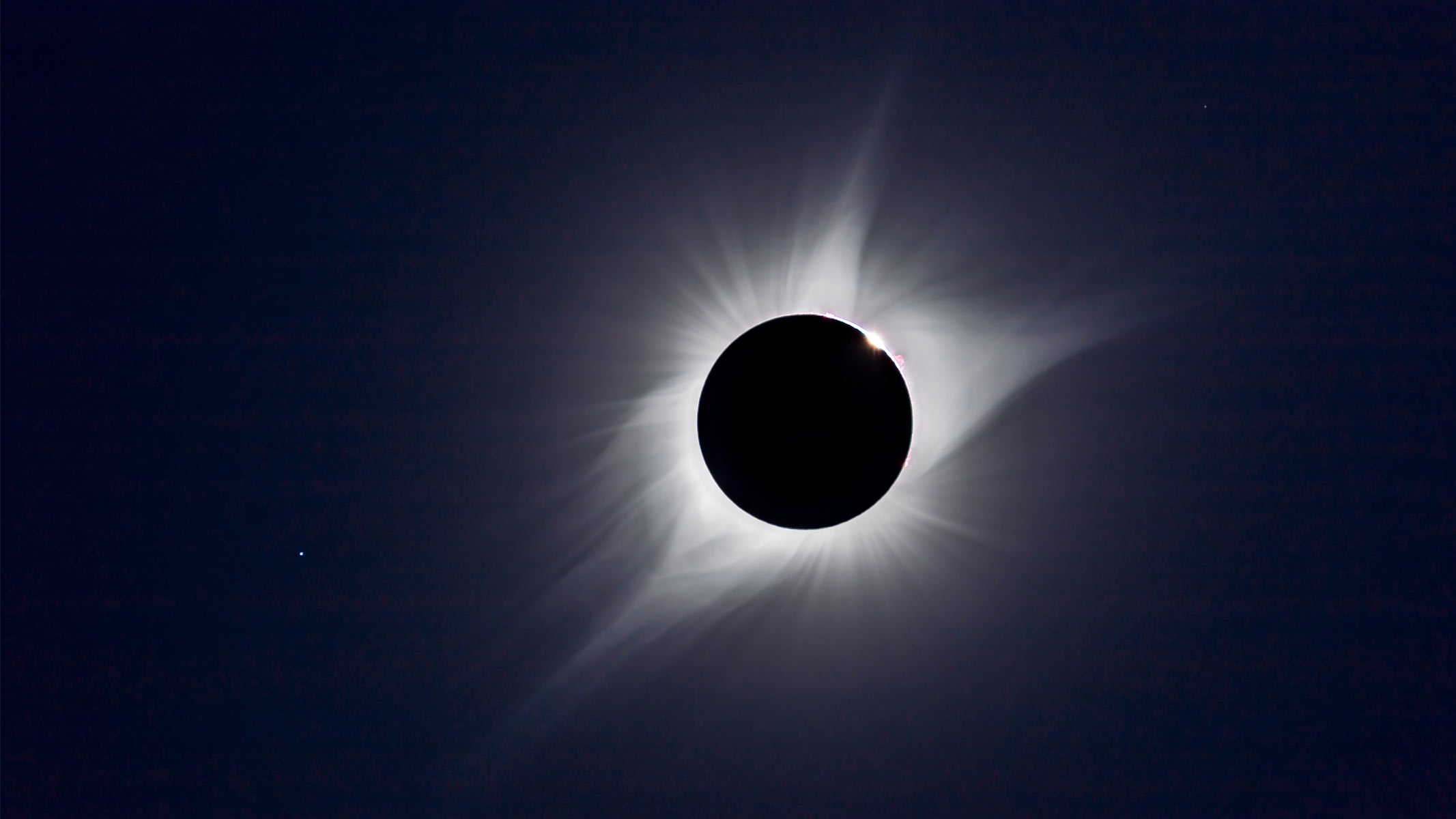
Are you prepared for the next total solar eclipse? Now less than a year away, on August 12, 2026, a path of totality will plunge eastern Greenland, western Iceland and northern Spain into darkness during the day for up to 2 minutes and 18 seconds. Whether you travel independently or as part of a specialist eclipse tour or an eclipse cruise, there are hundreds of spectacular places along the path of totality, where the light levels will drop and the sun’s delicate corona will reveal itself.
We're seeing loads of skywatching gear prices slashed due to Black Friday, so be sure to make use of the discounts currently on offer.
But getting ready for August 12, 2026 isn’t just about being in position. It’s also about having the right gear with you so you can watch it safely (read our in-depth guide on safe sun observation), capture an image of it, engage in some fun science and — most of all — enjoy the two minutes you’ve traveled for. Here’s a buyer’s checklist tailored specifically for the 2026 total solar eclipse.
Also read: 10 tips for planning your 2026 solar eclipse trip
If you want to shoot the partially or totally eclipsed sun, you’ll need a telephoto lens with a focal length of about 400mm to capture both the moon’s silhouette and the solar corona around it (the latter a halo of whitish light around the sun that’s the real attraction of a total solar eclipse). This telephoto lens from Sony is super-sharp, even at 600mm. However, at 4.7 lbs (2.13 kg), you’ll need a quality tripod to support it — and a solar filter to safely image the partial phases (though no filter is needed or should be used during totality).
Also read: Best zoom lenses
To shoot the partial phases of any solar eclipse, you’ll need a solar filter, but since they’re a specialist piece of equipment that you won’t use often, an expensive glass solar filter can seem like a big investment. Cue Celestron’s EclipSmart filters, low-cost foldaway cardboard-and-solar film filters that fit over the objective lens of any camera lens, telescope or binoculars measuring 75-100mm. They use solar filters made in the U.S. by American Paper Optics and lend the sun an orange tint.
Also read: How to photograph a solar eclipse
There is no more spectacular view in nature than a totally eclipsed sun, so why not put some magnification on it? Perhaps the ultimate way to immerse yourself in the sun’s delicate corona is to point a pair of image-stabilized binoculars at it, such as the Canon 10x42L IS WP. It utilizes gyroscope motion sensors to detect shake, which actuators around the lenses cancel out using a vari-angle prism to correct the refraction angle of incoming light. However, it works with the touch of a button switch. They’re easily among the best binoculars for anything related to astronomy, though you must use solar filters over their objective lenses to safely view the partial phases of any eclipse (remove filters only during totality).
Read more: Canon 10x42 L IS WP review
Solar eclipse glasses may be standard issue, but you’ll get a much better view of the partial phases of a solar eclipse through a pair of solar binoculars. With the perfect balance of size and magnification, the compact Lunt SUNoculars 8x32 roof prism solar binoculars have a solid build quality paired with ISO 12312-2 compliant white-light glass solar filters permanently positioned on the front of the objective lenses. Instantly removing the “what if my cardboard filter slips off?” risk you get when you DIY binocular filters, these 1.12 lbs / 508 g solar binoculars also have just enough magnification for seeing sunspots on the solar surface.
Also read: Lunt SunOculars 8x32 solar binoculars review
Sure, go ahead and photograph the solar eclipse, but also consider making a video. With 5.3K video and enviable low-light features, the GoPro HERO13 Black will capture something to cherish. Given that the GoPro has a very wide-angle lens, you’re not going to see much of the eclipse itself. Instead, it will capture you and your fellow eclipse chasers before, during and after totality, with the audio — your whoops and cheers, and the stupid things people always say during totality — which are arguably just as precious as the visuals. Pop it on a small tripod 20 minutes before totality and let it roll.
Also read: How to photograph a total solar eclipse with a smartphone
The most cost-effective way of safely observing the partial phases of a solar eclipse is to use solar eclipse glasses. These solar filters, designed for the human eye, must be ISO 12312-2 compliant, thus filtering out ultraviolet and infrared light plus 99.999% of intense visible light. Cardboard models dominate, but they don’t last. This option from U.S. manufacturer Rainbow Symphony includes one pair of hard plastic wraparound-style glasses and two pairs of cardboard glasses; both models give the sun a sharp orange look — and are made in the U.S. using scratch-resistant black polymer.
Also read: Solar eclipse glasses: How to check safety and use them correctly
From first contact when the sun begins to eclipse, until fourth contact when it finally departs, will take about two hours on August 12, 2026. You’re going to need a sit-down during that time, and besides, later that night is the peak of the Perseid meteor shower. With a padded headrest pillow and a reclining mechanism that allows for a smooth transition from an upright to a reclined position, this zero-gravity outdoor chair is perfect for both eclipse and meteor viewing on one of the most exciting days of astronomy in 2026.
Surround yourself with eclipse chasers and you’ll almost certainly notice a plethora of … colanders. However, while making a pinhole camera is a good way to safely project an image of the eclipsed sun, the small, defined holes of a colander are another easy way to safely enjoy the partial phases. They project crescent sun shadows onto the floor, a wall (or each other’s faces) when close to the peak of the eclipse. For best results, use it when the sun is about 50% eclipsed or more.
If you want to know about what you’re about to witness, there is no better place to start than with this book by eclipse chaser and astronomer, Tyler Nordgren. A gifted space artist who designs retro-style posters for U.S. National Parks and towns about to experience a total solar eclipse, Sun Moon Earth takes the reader on a journey to ancient China, Babylon, Greece and the Age of Empire in a thrilling account of how eclipses have gone from being bad omens to a way of conducting cutting-edge exoplanet science.
2026 challenges
August 12, 2026 will bring challenges to eclipse chasers, even those who plan early and book tours and accommodation ahead of time. There’s always a chance of clouds on eclipse day everywhere along the path — from Greenland’s fjords and Iceland’s west coast to the mountains and plains of Spain — so mobility will be everything. For those in Spain, the eclipse will occur relatively low in the sky, so clear horizons will be crucial to visibility.
Just remember the golden rule of eclipse observations — remove eclipse glasses and solar filters only during totality, when the sun is completely covered by the moon, and replace them immediately as the bright sun reappears. Be sure to view the totally eclipsed sun with the naked eye and you’ll be witness to something spectacular that you’ll remember for the rest of your life.
Breaking space news, the latest updates on rocket launches, skywatching events and more!

Jamie is an experienced science, technology and travel journalist and stargazer who writes about exploring the night sky, solar and lunar eclipses, moon-gazing, astro-travel, astronomy and space exploration. He is the editor of WhenIsTheNextEclipse.com and author of A Stargazing Program For Beginners, and is a senior contributor at Forbes. His special skill is turning tech-babble into plain English.
You must confirm your public display name before commenting
Please logout and then login again, you will then be prompted to enter your display name.
